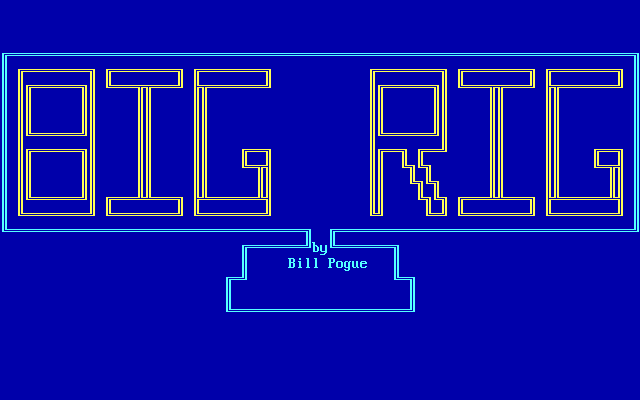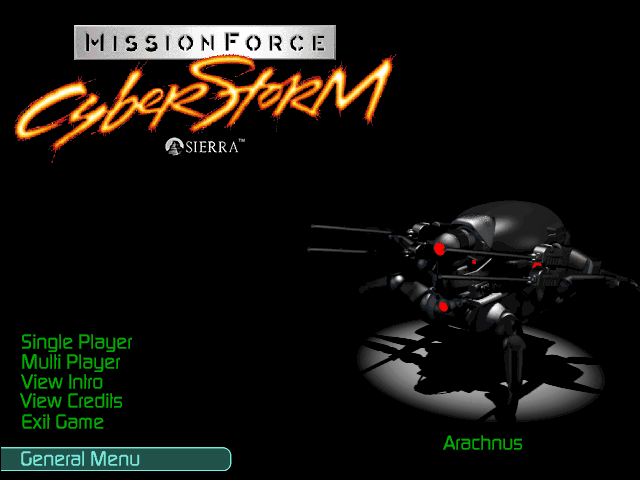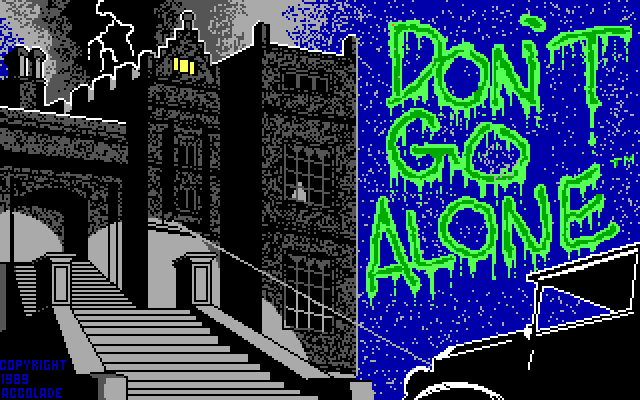Seize the Day 
Planner programs are one of the many relics of 90s computing. Nowadays we default to Google Docs, Outlook, iCal, or whatever we have on our phones, but before we synced up with the cloud, there was competing planning software. If computers could do nothing else right, they would still store contacts and remind you about your appointments. Each planner had to outdo the others with a richer feature set or a more exciting interface.
Enter Seize the Day. Forget the “daybook” part of this program. The biggest and best feature is its rotating gallery plug-in. Seriously, it’s beautiful. » Read more about Seize the Day








